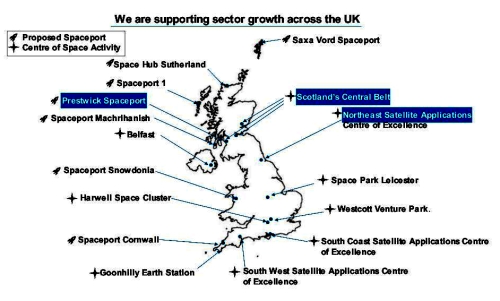Space Force payload problems force delay until ’22 of next Falcon Heavy launch
Capitalism in space: The Space Force has announced that because more time is needed to prepare its military payload, the next Falcon Heavy launch, scheduled later this month, will be delayed until ’22.
This is not the first time payload issues have delayed the launch, which had been previously scheduled for July. The Space Force has not announced a new launch date, nor was it very specific in describing the issues that has forced this delay.
As for the Falcon Heavy, though there has been a long delay since its last flight in June 2019, it appears that SpaceX has four launches scheduled for ’22, with another six already contracted and scheduled for later.
Capitalism in space: The Space Force has announced that because more time is needed to prepare its military payload, the next Falcon Heavy launch, scheduled later this month, will be delayed until ’22.
This is not the first time payload issues have delayed the launch, which had been previously scheduled for July. The Space Force has not announced a new launch date, nor was it very specific in describing the issues that has forced this delay.
As for the Falcon Heavy, though there has been a long delay since its last flight in June 2019, it appears that SpaceX has four launches scheduled for ’22, with another six already contracted and scheduled for later.


